We were sure we’d written about this before, but if we did, we can’t find hide nor hair of our previous report. So, just maybe we haven’t. Recently, we got some new information, and will share it with you.
The QSPR is an extremely rare special-purpose revolver that was developed and produced by the AAI Corporation. Formerly Aircraft Armament Incorporated, the name was abbreviated officially because they never sold any of their aircraft armament concepts. They worked on several ill-fated futuristic small arms of the 1960s (like the SPIW) and one very successful one, the M203 40mm grenade launcher.
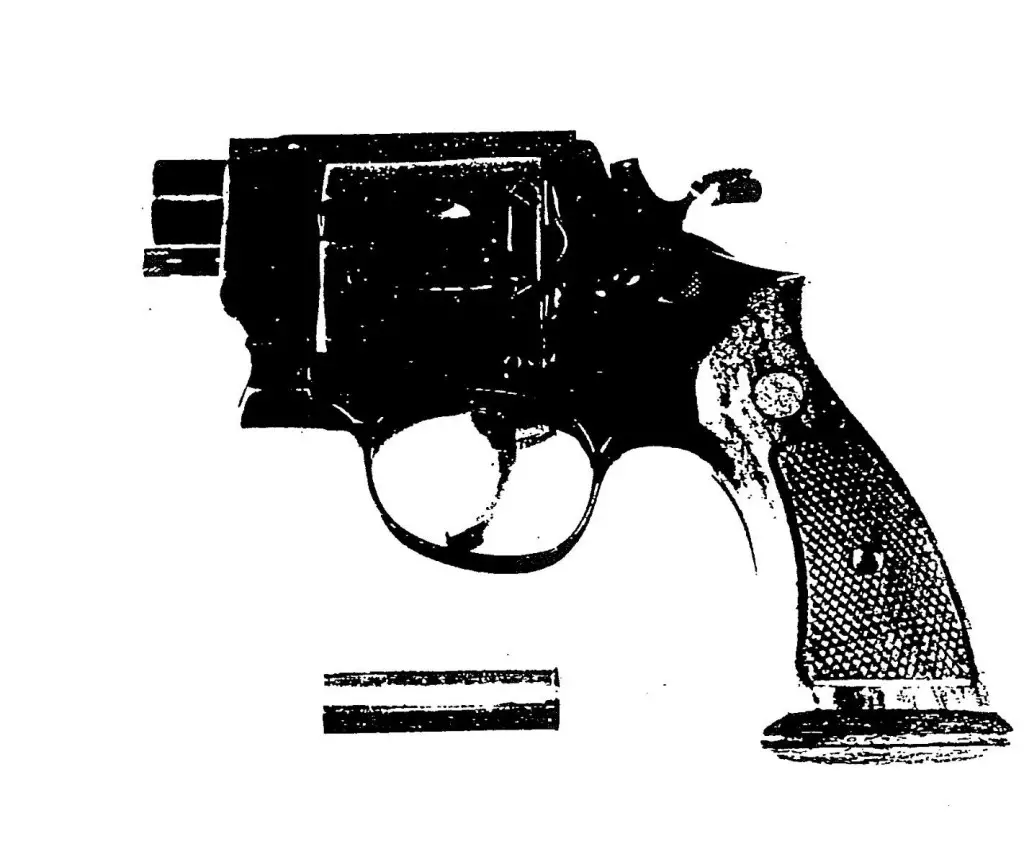
The QSPR from the original report (the bad reproduction is due to the records being stored on microfilm or microfche).
The QSPR was made from a Smith & Wesson Model 29. Frames in white were provided to AAI by Smaith, and they were modified with a .40 caliber smoothbore barrel and the cylinders were bored out to 0.528″, leaving a minimal web between chambers. (The lost strength was made up for by the strong cartridges). The weapon was innocent of any sights — it was meant to be used at contact range, inside tunnels, although accuracy to 25 feet was claimed (and Vietnam users reported it was more accurate than their .38 revolvers). Both standard large-frame Smith and aftermarket or custom grips were tried.
The objective was to provide a weapon for tunnel combat, a weapon with reduced blast, noise, flash and yet increased lethality over the standard pistols and revolvers of the era. It was designed to produce a column of lethal buckshot at very close range, with no flash and very limited blast. Noise in the enclosed tunnels was equivalent to a .22LR firearm outdoors, which was a great improvement over the eardrum-shattering blast of the alternative, the M1911A1 .45 pistol.
Eleven QSPR revolvers were made, of which one was retained by AAI (and is still reportedly retained by a successor, Textron systems). Ten were deployed in 1969 for combat testing in Vietnam; one was reported as a combat loss. Of the existing revolvers, apart from the AAI reference piece, two (#5 and an unknown example) are in a US Army museum, and one is in the ATF reference collection. It was the missing Vietnam gun, which was used in a homicide in California and recovered, according to Dockery.
THE QSPR seems very sophisticated for a first shot, and that’s because it wasn’t. A previous S&W based tunnel revolver was a Model 10 M&P with reduced cylinder gap, a suppressor and an aiming light. It was part of a comprehensive suite of gear assembled by the boffins in the Army’s Land Warfare Laboratory and called the Tunnel Engagement Kit, illustrated here. (The vane switch in the guy’s mouth turned on the VC aiming point on his cranium). You can almost hear them saying, “Do bring it back this time, Mr Bond.” But this bit of lab genius was not what the guys needed, and so the boffins went back to the lab and cooked up the QSPR.
Ladies and gentlemen, here is a recent photograph of a unicorn — a live QSPR round. This is believed to be the last and only live round in existence (the ATF caused the destruction of most of them maintained by AAI and the military museum system by declaring them suppressors). The material is high-carbon steel, because the case contains the entire energy of the round, inside a piston. An end cap is screwed on the base of the round; threads in the muzzle end act as a trap to catch a piston. A plastic sheath called a “sabot” wraps around the projectiles and is discarded, much like the sabots used with subcaliber projectiles, when the projectile column exits the muzzle. The muzzle end of the round has a silicone (we think) material applied as a sealant.
The round has a dark finish which appears to be some kind of high-tech proto-melonite coating, although most resources describe the ammo as “blued.”
This is a schematic of the round from what appears to have been the final report on the weapon after development and combat testing in Vietnam. The report recommended further improvements and then general issue to Infantry and Ranger units. Those improvements were not pursued, and the firearm was never manufactured.
The high pressure inside the round breaks the “rim” of the piston free of an annular slot that initially retains the piston in the rearward position and forces it forward, ejecting the sabot-contained shot load, until the pressure snaps the piston rim into a similar annular slot positioned to receive it, and drives the “nose” of the piston into the muzzle-end threads. These two engagements arrest the piston’s forward motion. One purpose of the rearward slot is to retain the pistol and prevent it from sliding and ejecting the payload during normal gun handling.
This is the muzzle end of the round. As you can see, the sabot (or the sealant atop it) comes closer to the muzzle than indicated in the diagram.
This is the breech end. As you can see, there are no markings on the round. The revolvers themselves were marked with the S&W trademark, so we suspect the lack of markings on the ammunition was more a reflection of the toolroom nature of the project than in any attempt to make a deniable or clandestine weapon.
The missing detail from most of the reports, the reason the initial report was classified (albeit only at the Confidential level), and the cause of the QSPRs unusually high terminal effect for a handgun was in a material breakthrough. While most open source reports suggest that the projectiles in the shot column were lead, steel or even tungsten (Wolfram to you Europeans), they were actually depleted uranium.
DU is uranium from which the fissionable isotopes have been removed. It is a side product (a waste product, really) of uranium enrichment for weapons production and has a number of properties making t an excellent choice for projectiles.
While the US was developing the QSPR, Soviet scientists were working on similar captive-piston technology. But in the end, the complexity and cost of the system seems to preclude it from ever being made in more than nominal numbers. The ATF’s Firearms Anti Technology Branch has rendered research on this type of weapon in the USA functionally impossible; Russian designers, who have produced a great many widely varied quiet weapons, seem also to have moved on away from this technology.
The resources below are all worth reading but the most valuable is certainly the official report:
Sources & Resources
Dockery, Kevin. Tunnel Weapon: The Bang in the Dark. Small Arms Review, Volume 5 Number 9. Retrieved from: http://www.smallarmsreview.com/display.article.cfm?idarticles=2423
Popenker, Maxim. Smith & Wesson / AAI Quiet Special Purpose Revolver / QSPR / tunnel revolver (USA), World.Guns.Ru. Retrieved from: http://world.guns.ru/handguns/double-action-revolvers/usa/qspr-silent-revolver-e.html Note that Max’s report on the QSPR is pretty accurate but his photoshop job has the barrel a tad too long.
Schreier, Conrad F., Jr. The Silenced QSPR Revolver: An Answer to an Age-old Military Problem. Guns and Ammo Magazine, “Ordnance Department” feature, Guns & Ammo Magazine, October 1971, p. 64. Copy: Guns & Ammo QSPR Article .pdf
Weddington, David E., LTC, IN. Final Report: Tunnel Weapon. Army Concept Team in Vietnam (ACTIV), (Linked above).

Kevin was a former Special Forces weapons man (MOS 18B, before the 18 series, 11B with Skill Qualification Indicator of S). His focus was on weapons: their history, effects and employment. He started WeaponsMan.com in 2011 and operated it until he passed away in 2017. His work is being preserved here at the request of his family.

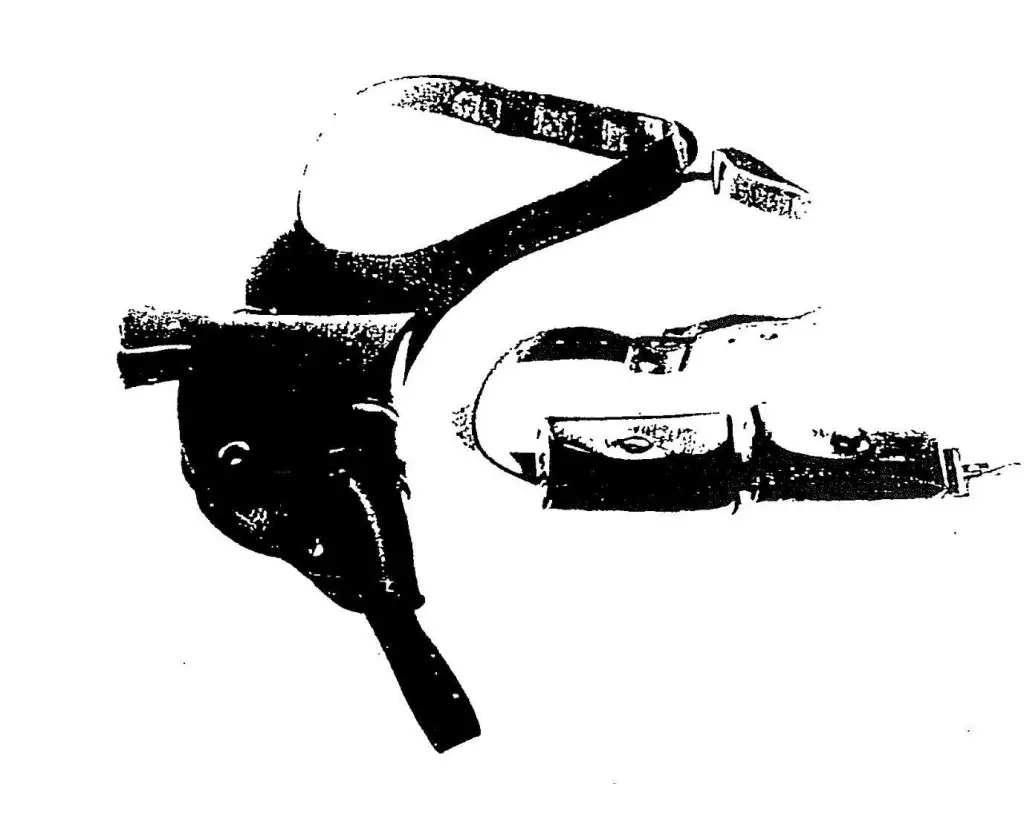
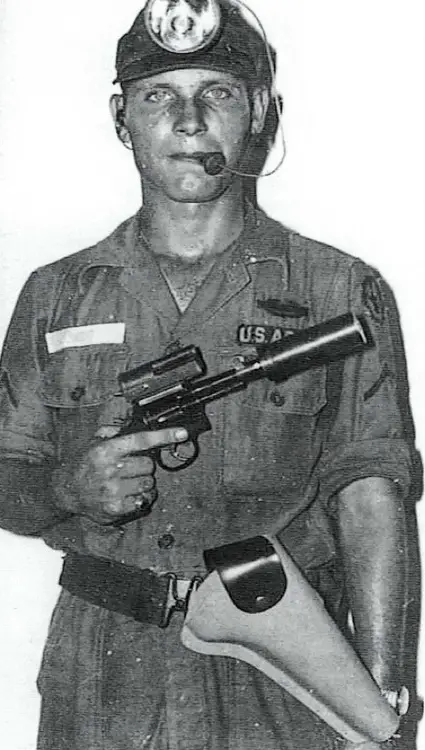
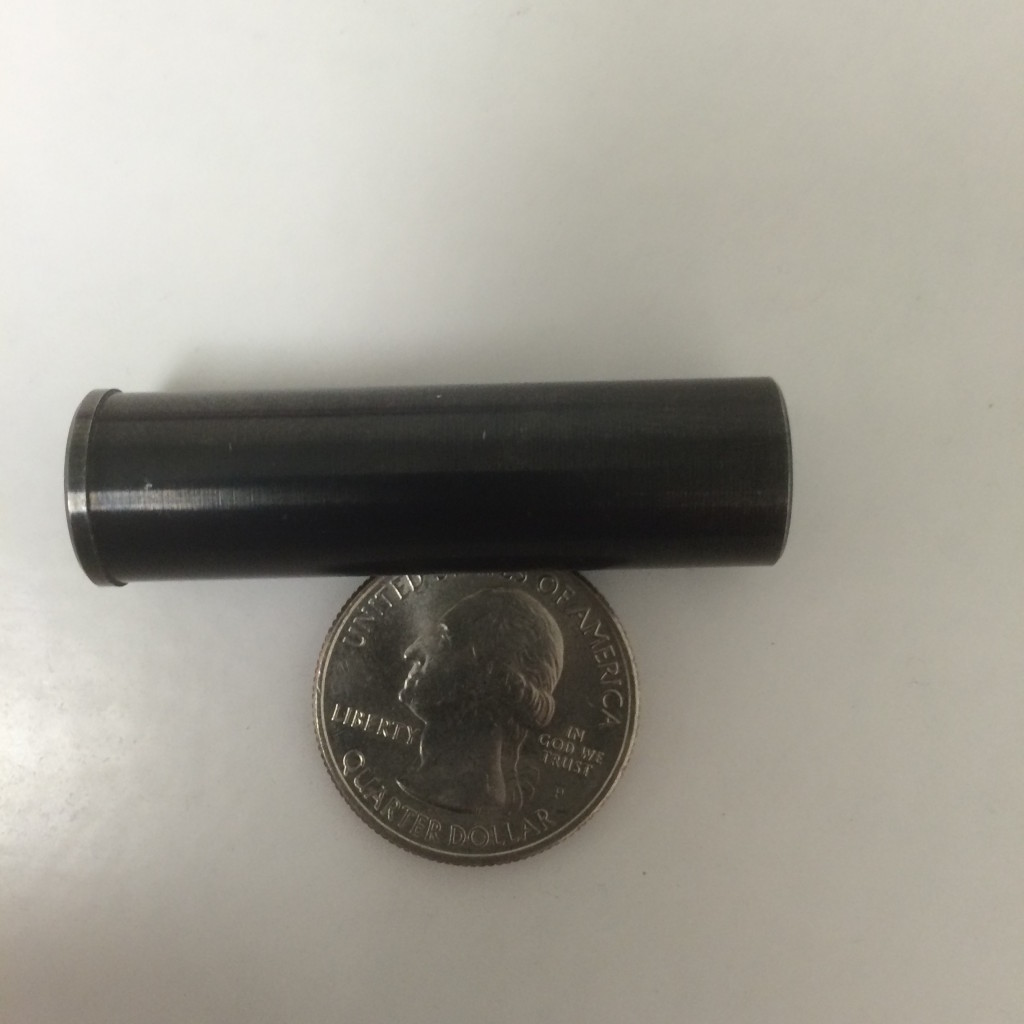
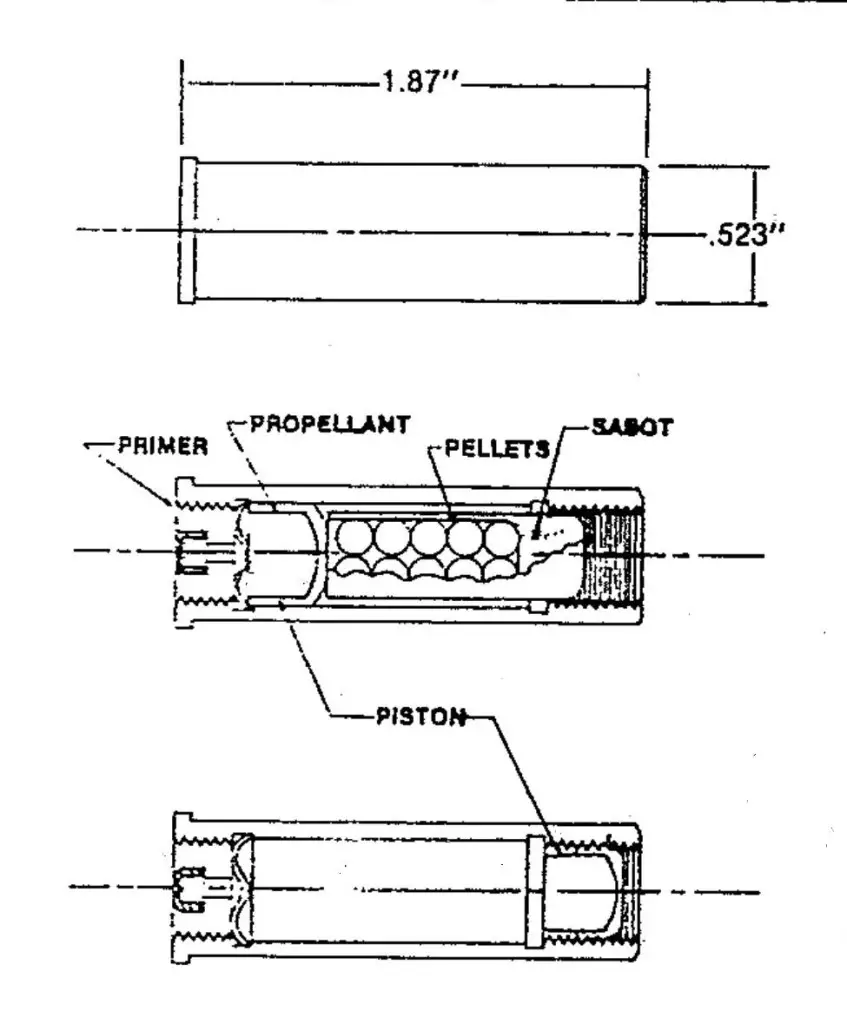
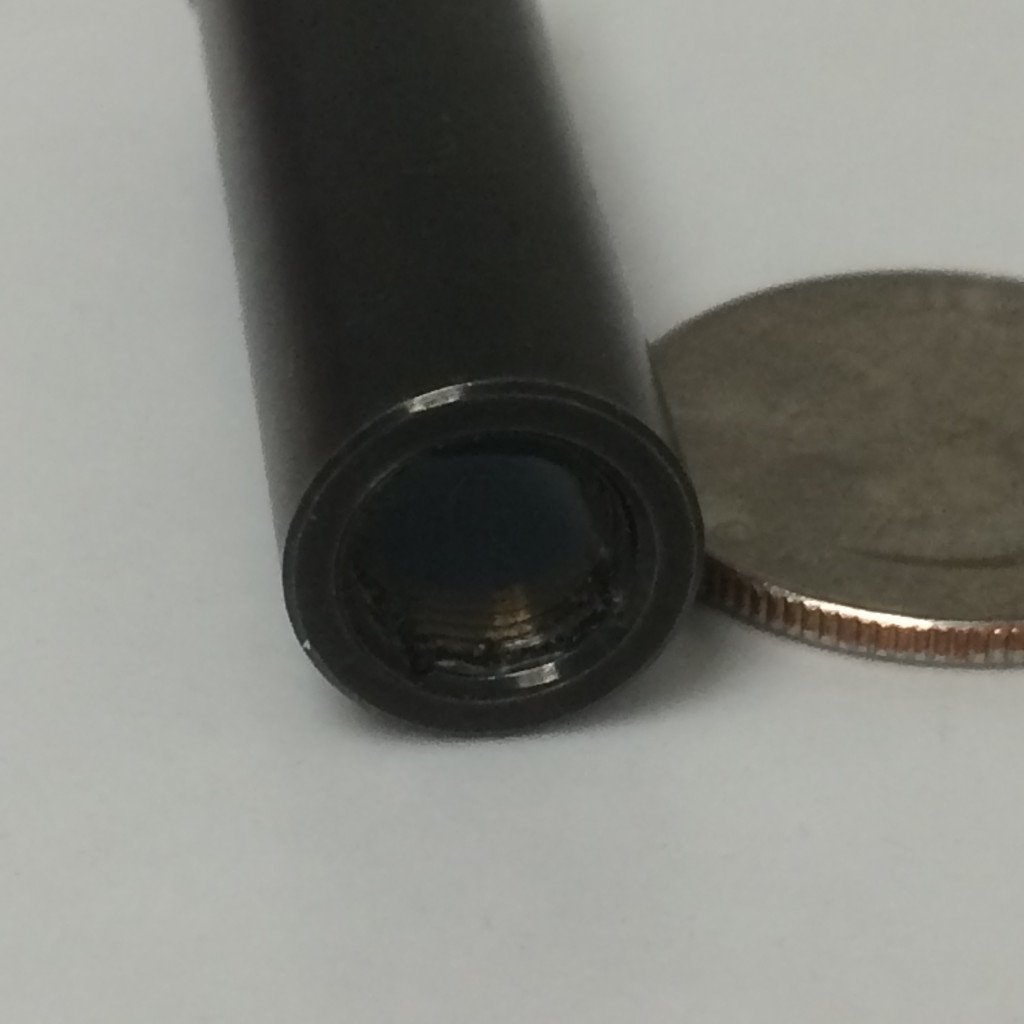
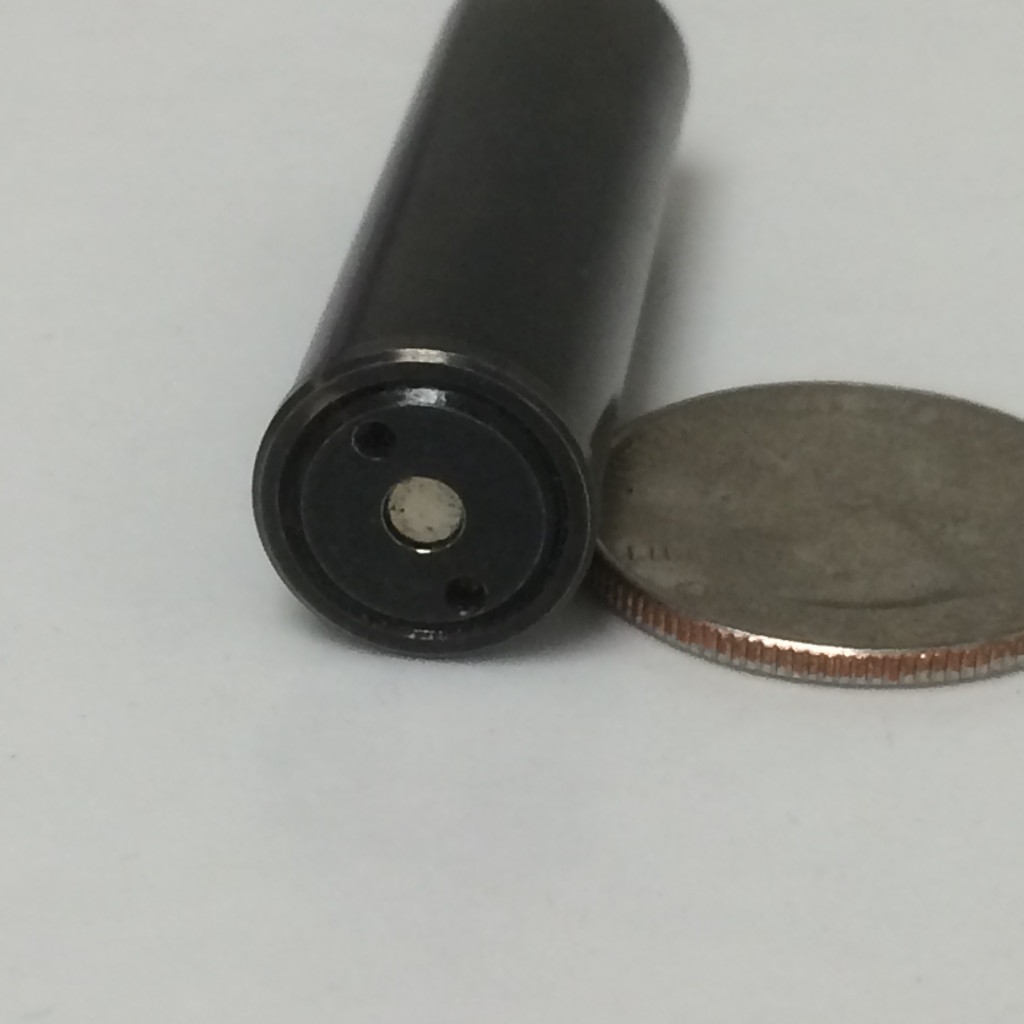
33 thoughts on “The Quiet Special Purpose Revolver”
Very cool – never knew this firearm existed. The round reminds me of the common Russian 7.62 Nagant revolver. I wondered what shooting in underground tunnels was like. I fired a round from an open ended barrel at a shooting range and greatlly appreciated the ear muffs – and that was a .22lr! I can only imagine what a centerfire would sound like.
Thanks again for the description.
My local Shooting Club is a converted wine cellar, so it is brick construction as well to give you the full advantage of the acoustics. If you are over in Austria you can come and experience it at first hand. A competition with 6 stands occupied is quite noisy.
HA! I was just at the Infantry Museum on Sunday and was looking at one of the few examples of the QSPR.
Pretty neat.
I’m pretty sure I read something here about the QSPR fairly recently, so if you’re hallucinating I’m having the same hallucination.
Which would actually be somewhat disconcerting.
Remember guys clean guns in well ventilated areas only and do not ingest any of the solvents used….
My preferred solvent is amber and distilled in the Highlands, but I don’t clean firearms with it.
“Combat Loss” aka “this sumbitch is going home in my seabag”
…and being used to whack somebody back on the block in LA, apparently.
And nowadays AAI Corporation (a subsidiary of Textron Systems) is mostly known for their UAS offering, the RQ-7B Shadow. Other sections of Textron Systems still work on various weapons systems, but AAI is mostly Shadow/Aerosonde UAS and deployment support/field training for both.
So they finally did get into Aircraft Armament after all! (Yeah, the Shadow is primarily an unarmed ISR bird, but still…)
The Shadow currently has no armed option, it does have a laser designator though. They did some testing with arms dropping last fall (real small bombs, and the testing didn’t go all that well) but I haven’t heard much more about it since then.
AAI did have a project called the LSAT, which was supposed to be a replacement or alternative to the M249, which they started before being acquired by Textron. Of course a LMG isn’t aircraft armament, but it was still a pretty cool project.
LSAT is IIRC based on polymer-cased telescoped ammo. Big weight and cube savings for everyone from grunt to Task a Force G-4.
I do believe you are correct, and I think they also tested a caseless ammo version. I know it was quite a bit lighter than the SAW.
Here’s the LWL report on the “Tunnel Exploration Kit”: http://www.dtic.mil/dtic/tr/fulltext/u2/804859.pdf
DTIC also has AAI’s own project report on the QSPR: http://www.dtic.mil/dtic/tr/fulltext/u2/524796.pdf
FWIW: The US Army had already been playing captured piston cartridges for several years with Project Whisper and the Silent Weapon System Alpha. It started with silent cartridges for legacy weapons like the Cal. .30 XM76 and then lead to proprietary cartridges for a purpose-designed weapon. Some of the Alpha mockups and prototypes are still on display at the Rock island Arsenal Museum.
Whoever named this project didn’t have a good feel for acronyms. I would have referred to it as the Special Purpose Quiet Revolver, or SPQR….
Well you could pronounce the original to rhyme with “whisper”.
IIRC, there were similar shotgun rounds developed that used this internal piston mechanism. Didn’t hear about them using DU for the payload, but I guess it’s possible. A shame that the BATFE closed down this line of development, it would have been interesting for hunting ammo.
Well, BATFE only closed it down in the USA. They’re all for America’s enemies and rivals making research in this area instead.
I wonder, does ATF limitation also affect developments not intended for commercial sales?
As far as I can see, US designers went quite a long way with conventional, expansion-type suppressors, and the .45 cal pistols with best “wet” cans are supposedly as quiet as semi-auto PSS firing captive piston ammo, while offering more versatility and capacity with much cheaper and widely available ammo
The main cost factor here is size and weight of the suppressed package
However, I think that no practical suppressor could compete with single-shot captive piston weapons like MSP or NRS, which are literally noiseless.
Even if you are making products for USG, even for clandestine use, you have to comply with ATF requirements. They took great joy in jailing a guy who made suppressors for the SEALs a couple of years back, and didn’t document them properly. (There was more to the case than that, it was a corruption case, but they hammered the guy for the absent silencer documents).
There’s an Argentine explosive antipersonnel round, also aluminum-cased, that’s pretty similar. I’m not sure whether it’s conventional, captive piston or high-low pressure like an M79/M203 round, but if it’s not a brother to the QSPR round, it’s a cousin.
And too, the West German Armbrust light antitank weapon was a captive-piston recoilless system, shoving a HEAT projectile out the front-toward-enemy end and an equal weight load of plastic chaff out the black, counteracting the recoil and allowing the use of the AT weapon from inside building rooms or from vehicles. Probabably not what’s called for for tunnel rats, tho….
I remembered seeing the link I’ve listed below at the S&W Forum on the tunnel rat gun. Somewhere on the web there is also a photo of the cylinder walls of the Model 29 after they were reamed out for this. They were paper thin. Anyway, Here’s a link:
http://smith-wessonforum.com/s-w-revolvers-1961-1980/250700-tunnel-guns-43rd-birthday.html
Small correction Re “Russian designers, who have produced a great many widely varied quiet weapons, seem also to have moved on away from this technology.”
In fact, they have not
The SP-4 ammunition (steel cased) and its recent brass-case version for OTs-38 revolver are in actual production; aslightly enlarged version of the SP-4 round, with case of larger volume and with pointed steel projectile with better barrier penetration is in the works, as well as improved semi-automatic pistol to fire it (there are some officially published patents for both). And that’s what was published in the open sources (i.e. patent databases); in reality, there could be even more developments that are, obviously, still classified.
PS if interested, I can provide some photos, or maybe even a guest post on Russian side of this technology
That would be very welcome, as the origins of this tech on the Russian side is lost in the Cold War from us in the west. It’s never surprising when engineers in separate stovepipes choose similar solutions (my example is usually Spitfire/Me109/Mustang/Ki61/Yak etc) but it’s always interesting to see the twists and turns the projects take.
no prob, i can compile a brief story (that starts in 1930s and runs till today) with some imaginery to go along; where should I send it once it’s done?
I’ll drop you a line, and if you would like to do an occasional guest post would be willing to give you the keys of the blog.
ETA: shot out on the email, Max.
A belated comment on a minor aspect of this. I was around when the 4in SW M19 and two “Dump Pouches” were the hot ticket in LEO pistolry. The pouches were usually six rounders but there was a short vogue for seven and even eight rounders. The, not illogical, thought being that you’d probably fumble at least one round into the grass, so why not start with more than six, you could always discard the extra rounds. Then, in what seemed like a 24 hour period, reliable and cheap speed loaders showed up and the pouches disappeared. So at one moment in time a seven round dump pouch was the cutting edge of High Tech. I’ve got my doubts about dump pouches inside a tunnel but at least the thought was there.
Oh, thanks. I had forgotten the pouches, little bit of (mostly cop) history there. Remember how the first speedloaders weren’t 100%, either? It took a few iterations for them to get really good.
I think part of the preference for a DA revolver in the tunnel is that the weapon is more reliable at contact distance while fighting with some guy for his life.
Oh no, thank you for your always fascinating site. By the way I did notice, and appreciate, the nuance in that last sentence: “while fighting with some guy for HIS life”. Sua Sponte.
***This is believed to be the last and only live round in existence (the ATF caused the destruction of most of them maintained by AAI and the military museum system by declaring them suppressors). ***
No it’s not. The late Mitch WerBell had several rounds and a QSPR among his fairly massive collection of silencer/suppressor/moderator exemplars, and I’d think it very doubtful that all were dutifully disposed of/surrendered. I had some business doings around Powder Springs/NAS Brunswick in the early 1970s, so they could have wound up most anywhere since then…and I might have suspected that the ex-WerBell piece would have been the one used in an LA hit rather than the RVN bringback, had I been aware of the LA homicide. WerBell, aka *The Old Watusi,* died of a heart attack at UCLA Medical Center in 1983, amid postmortem bragging that he had been poisoned.
I’m also pretty certain that the QSPR revolver he had was NOT one of the S&W factory guns, but was a reverse-engineered copy, possibly meant for Military Arms Company/ SIONICS evaluation or production studies.
In ’67 the merry elves from Aberdeen brought a rig to the School House. Part of their effort to ‘silence’ large bore rifle. this was a ‘piston’ round based on the old .45-70 cartridge. At the time the best they could come up with in size/power/range/accuracy. IIRC it was fairly accurate out to about 150-200 yards. Definitely quieter than a .22LR. Not bad for the time and available technology. Interesting stuff.
And then there was the pump action 40mm grenade launcher…..
As I recall, the Soviets used the same concept in a covert assassination weapon but it was single shot, looked like a pengun and fired a conventional lead bullet instead of pellets.
In that design a blank cartridge pushed the piston down the barrel launching the bullet. Reports were that it was virtually silent but for the snap of the piston hitting the muzzle stop. I guess it was either disposable or you’d have to let it lay around for days until the gas inside dissipated enough to open and reload it.